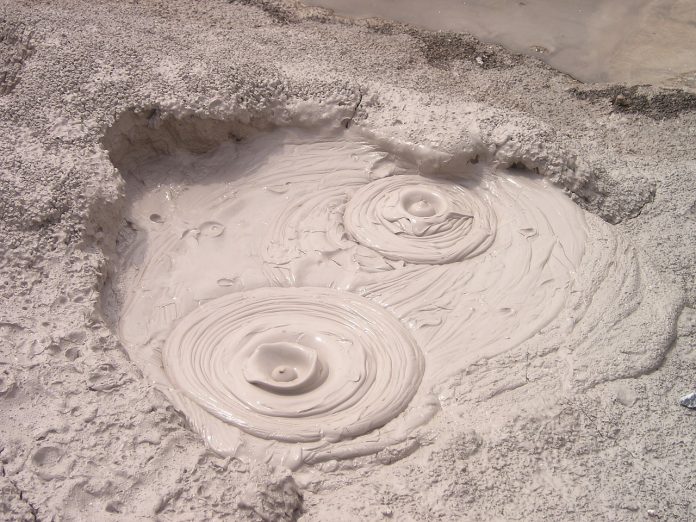Imagine, if the psyche will allow it, being hiker Ryan Osmun, spending nearly a dozen hours in the middle of no where, stuck in quicksand in frigid, snowy weather, wondering if and when help might arrive.
The story of Osmun and his girlfriend Jessika McNeill and their recent ordeal while hiking in Utah’s Zion National Park is one that is hard to imagine, harder still for me to forget.
It was Jessika McNeill who first encountered the quicksand, stepping in to what felt like heavy, fierce suction. When Osmun worked to pull her free, he suddenly found himself immobilized. He was initially hip-deep, and worked frantically to get himself out. One leg remained buried up to his knee, and he later described it as “like stepping in to a huge puddle of concrete that basically dries instantly.”
While Jessika opted to follow streams rather than hiking switchbacks for help, it still took her three hours to obtain cell phone service, calling 911 as soon as she could. A park search and rescue team would need several more hours to locate Osmun, and when they did, their work was just beginning.
Osmun was suffering from exposure and hypothermia, and the quicksand had him stuck to the point that another two hours of agonizing work was required before the 34-year-old hiker was free.
They all remained overnight in snowy weather until visibility was high enough the next afternoon to airlift Osmun to an awaiting ambulance.
I listened as news reporters tried to explain this nightmare, almost in disbelief.
“Quicksand? So, is that for real?” one man asked. “I thought it was just a made-up story used in old westerns!”
There are many people who can attest to just how real quicksand is. It forms in an area in which soil is very high in sand when the water saturation level makes liquid mud that can trap anything that comes in contact with it.
I remember our disbelief when Dad told us all to stay away from the deep ditch that ran from our farm’s swampy area out to the Jerome Fork because he had discovered quicksand there. To be sure of it, he had called our district Soil and Water Conservation office. It was confirmed, and we hiked back with Dad to see it.
I remember seeing a slight bubbling in the center of what otherwise just looked like a muddy mess. Dad had hunted up a very heavy, long limb and laid it across the light brown mud. In short order, the center of the limb was being pulled under, the force then snapping it in two. Fairly quickly, that big limb had disappeared as the quicksand churned and gurgled, showing its power.
I never much cared for science from behind a desk, but the farm taught us incredible biology as we lived and worked right alongside of it. We saw, firsthand, that at times our lives were made easier and even more prosperous by what simple science delivered, while being challenged by it in other ways.
The remarkable summer of quicksand is one I will never forget.













